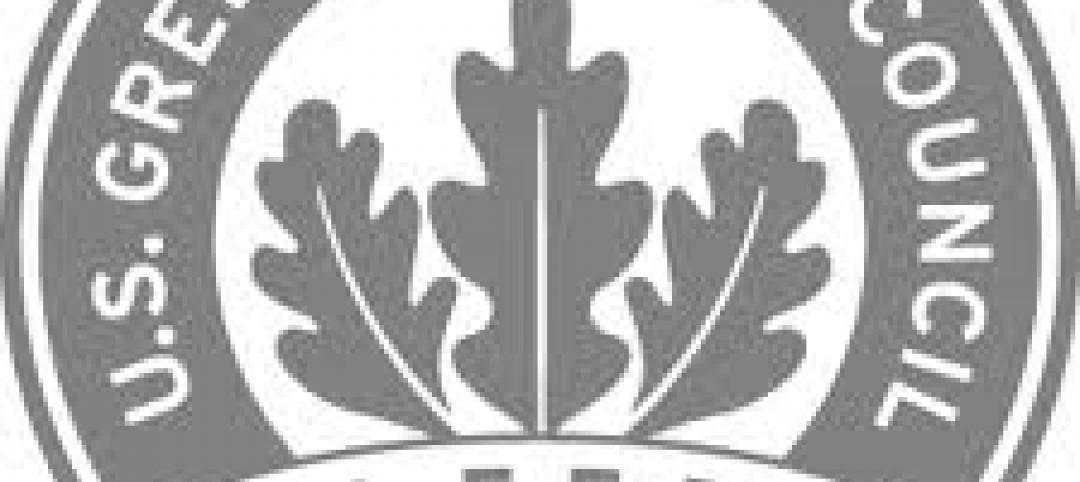The Fenestration and Glazing Industry Alliance (FGIA) updated a specification establishing minimum performance requirements for self-adhering flashing surrounding common exterior fenestration products.
AAMA 711-20, Specification for Self-Adhering Flashing Used for Installation of Exterior Wall Fenestration Products, was created in 2007. This is the document’s second update. It was last updated in 2013.
“Self-adhered flashing products are broadly used at the window/wall interface to provide a durable moisture seal and enhance the long-term performance of the installation,” said Jim Katsaros (DuPont Performance Building Solutions), chair of the FGIA Flashing Committee, in a news release. “This document specifies essential material properties, such as adhesive bond strength to various building substrates, sealability through fastener penetrations, and weathering tests for UV and thermal exposure to help ensure the long-term performance of these products.”
The new AAMA 711 standard provides significant updates to select test methods, particularly regarding sealability through fasteners and new guidelines for minimum product width. AAMA 711 is referenced in both the IRC and IBC for the use of self-adhered flashing products around windows and doors.
Related Stories
| Dec 7, 2012
Georgia court limits contractors’ ability to foreclose on liens
The Georgia Court of Appeals ruled in 182 Tenth, LLC v. Manhattan Construction Company that lien claimants such as contractors, subcontractors, and materialmen, may not foreclose on a lien that includes unpaid general condition costs.
| Dec 7, 2012
San Francisco real estate records will include ‘green labels’
Ecologically-sustainable building practices, or “green labels,” will now be included on official land records maintained by San Francisco.
| Dec 7, 2012
Tokyo’s Green Building Program has reduced power consumption by 20%
Tokyo city officials calculate that its Green Building Program reduced energy consumption by 20% since its inception, a statistic they identify as the reason the power stayed on during the 2011 earthquake.
| Dec 7, 2012
New flexible options make achieving LEED certification easier on projects outside the US
A new set of Global Alternative Compliance Paths, or Global ACPs, are now available for all commercial projects pursuing LEED green building certification using the 2009 versions of the rating systems.
| Nov 29, 2012
New York contractors say they will pay tax despite a court ruling that the tax is unconstitutional
The New York Building Congress says it will voluntarily pay a tax declared unconstitutional by the courts because, it says, the money is vital to maintaining the city’s transportation infrastructure.
| Nov 29, 2012
Storms like Sandy highlight the need for stricter codes, says insurance expert
Experts on insurance, weather, and catastrophe modeling say the role of climate change in Hurricane Sandy and future storms is unclear.
| Nov 29, 2012
Quake simulation to test concrete building's strength in California
Researchers aim to gauge how buildings constructed with reinforced concrete withstand an earthquake by conducting a simulation test at a two-story building built in the 1920s in El Centro, Calif.
| Nov 29, 2012
AGC offers stormwater compliance webinar
An effective document management system is necessary to stay in compliance with new and forthcoming stormwater runoff requirements, says the Associated General Contractors of America.















